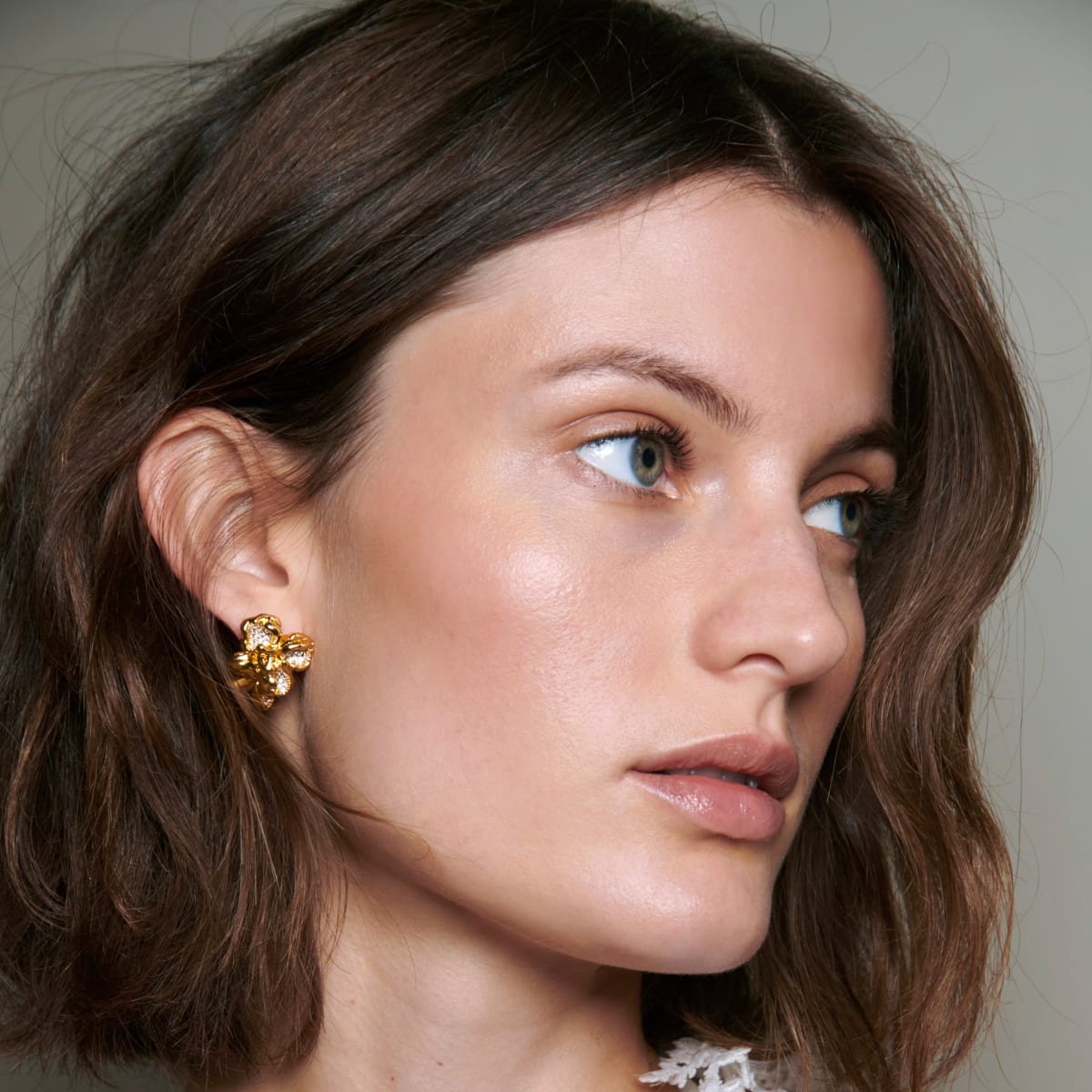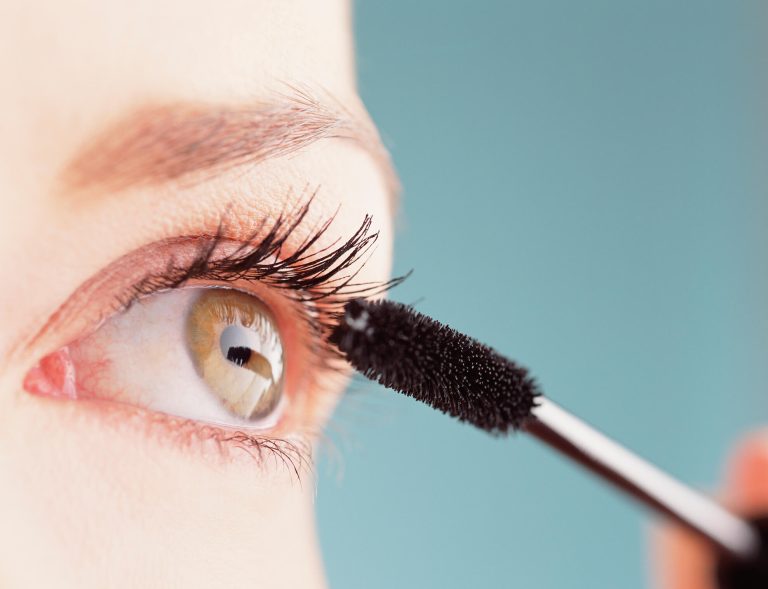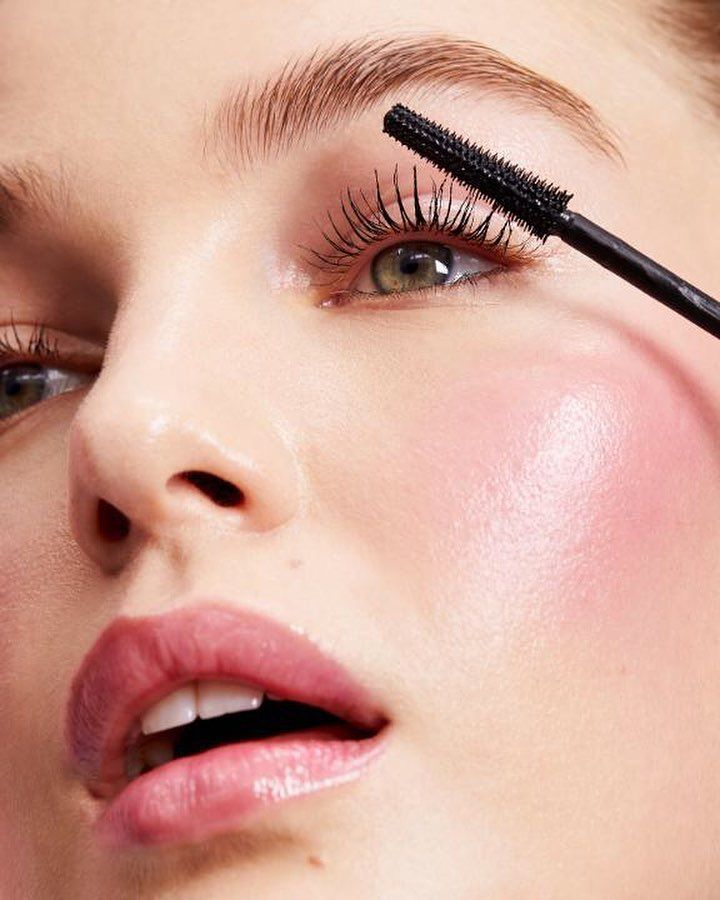
Is Mascara Made Out of Bat Poop
Debunking the Myth: Is Mascara Really Made of Bat Poop?
Let’s start by addressing a peculiar urban legend that has been floating around for ages – the idea that mascara, a staple in many makeup kits, contains an unexpected and eyebrow-raising ingredient: bat poop. This myth has managed to cling to public consciousness despite advancements in cosmetics technology and stringent regulations. The purpose of this article is to shed light on this misconception, unravel its origins, and elucidate the true composition of modern mascara.
Beneath layers of misinformation lies a rich history of cosmetic ingredients, where unusual substances have indeed been used in the past. However, we’re here to clarify once and for all if bat guano still holds any place in your favorite lash-lengthening product.
The Origin of the Bat Guano Rumor
Historically, cosmetics have seen a diverse array of components, some more exotic than others. Among these was the use of guanine, a shimmering substance naturally found in fish scales and, yes, bat guano. In the early days of cosmetics manufacturing, guanine did provide a sought-after iridescent effect in beauty products due to its reflective properties.
However, the connection between mascara and bat guano began as a case of mistaken identity or misinformation. As guanine was extracted from various sources, including bat excrement, it led to confusion among consumers. Despite the evolution of cosmetic formulation techniques and the advent of synthetic alternatives, the rumor about bat poop in mascara has endured, even though it no longer reflects current industry practices.:max_bytes(150000):strip_icc()/thriveliquidlashvolumizer-4fa800b3ca8b4ed4802f963d9998e056.png)
Modern Mascara Ingredients Explained
Fast forward to today, and the makeup landscape looks quite different. Let’s delve into the actual ingredients you’ll find in a typical tube of mascara:
A. A detailed breakdown reveals a sophisticated blend of elements that work together to enhance lashes. Waxes such as beeswax and carnauba wax are foundational, providing texture and hold to ensure mascara stays put without flaking. Pigments add depth and color, allowing for a range of shades to suit individual preferences.
Film formers like acrylates create a smooth, flexible coating around each lash, enhancing thickness and definition. Thickeners, often derived from cellulose, are key players in delivering volume and fullness. Humectants, like glycerin, condition lashes, preventing dryness and brittleness while adding suppleness.
B. Guanine Today: The transition from natural sourcing to synthetic production methods has rendered the use of bat guano obsolete in cosmetics. Guanine is now synthetically produced, ensuring a consistent and cruelty-free supply. Approved by the FDA for use as a pearlescent pigment, guanine adds a subtle sparkle to mascaras and other beauty products, but not a single speck comes from its original animal-derived source.
Ethical Standards and Ingredient Sourcing in Cosmetics
The modern cosmetic industry operates under strict guidelines and standards, with a growing emphasis on transparency, safety, and ethical sourcing. Brands are increasingly adopting cruelty-free and vegan policies, eschewing the use of animal-derived ingredients unless clearly labeled and responsibly sourced.
Consumers can rest assured that reputable cosmetic companies do not sneak in questionable ingredients like bat guano without explicit disclosure. Ingredient lists are transparent, and most brands actively market their commitment to using only safe and ethically sourced materials.
Pros of Using Mascara:
1. Definition and Volume: Mascara is a cosmetic powerhouse that instantly provides definition to lashes, making them appear fuller and thicker. It coats each lash uniformly, creating an illusion of volume that can transform the overall look of the eyes.
2. Lengthening Effect: A key advantage of mascara is its ability to lengthen lashes, giving the appearance of bigger, more open eyes. This is particularly beneficial for those with naturally short or sparse lashes, as it visually enhances the eye area without resorting to false lashes or extensions.
3. Easy Application: Mascara application is relatively simple and quick compared to other makeup products. With a few strokes of the wand, users can achieve noticeable results in mere seconds. This convenience makes it a go-to product for busy individuals or those new to makeup.
4. Versatility: Mascara comes in various formulas designed for different effects – from waterproof versions for humid weather or tears, to volumizing formulas for dramatic looks, and even conditioning mascaras that nourish lashes. There’s a mascara for every occasion and personal preference.
5. Complements Other Makeup: Whether you’re going for a natural daytime look or a bold evening one, mascara complements all other makeup products seamlessly. It ties together eye shadow and eyeliner, enhancing their impact while framing the eyes beautifully.
Cons of Using Mascara:
1. Clumping and Smudging: One common issue with mascara is clumping, which can make lashes appear messy rather than defined. Additionally, smudging is a frequent problem, especially with non-waterproof formulas, causing unsightly marks under the eyes during hot weather or when crying.
2. Difficulty in Removal: While some mascaras are easy to apply, removing them can be quite challenging, especially waterproof types. Harsh rubbing or use of inappropriate removers can lead to loss of natural lashes over time, not to mention irritation around the eyes.
3. Allergies and Irritation: Some people may experience allergic reactions or irritations due to certain ingredients in mascara formulas. These can include redness, itching, or swelling of the eyelids, necessitating careful ingredient checks before purchase.
4. Daily Wear Impact: Regular use of mascara, especially if not properly removed at night, can weaken lashes over time. The chemicals and constant rubbing required to take off mascara can cause lashes to become brittle and prone to breakage.
5. Replacement Frequency: Mascara has a shorter shelf life than most other cosmetics because it’s a breeding ground for bacteria once opened. Experts recommend replacing mascara every three to six months to avoid potential infections, which can be costly and wasteful for some consumers.
mascara offers numerous benefits such as ease of use, versatility, and immediate enhancement of lashes. However, users must weigh these advantages against the potential drawbacks like clumping and smudging, difficulty in removal, allergies, long-term lash health, and the need for frequent replacements to maintain hygiene standards. Understanding these pros and cons will help individuals choose the right mascara product that suits their needs and lifestyle best.
Conclusion
In conclusion, the myth associating mascara with bat poop is just that—a myth. We’ve traced its roots back to a time when guanine was sourced from a variety of places, including bat guano, but emphasized how contemporary formulations bear no resemblance to those antiquated practices. The safety and transparency in today’s cosmetic industry are paramount, and consumers can confidently swipe on their mascara knowing that it’s free from unorthodox and potentially unsavory ingredients.
Furthermore, this discussion underscores the importance of researching product ingredients and understanding their origins. Armed with accurate information, consumers can make informed choices about the products they apply to their skin and eyelashes.

